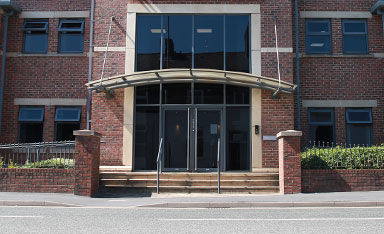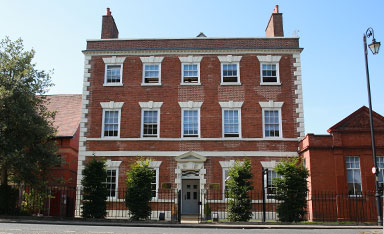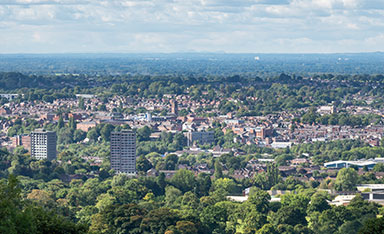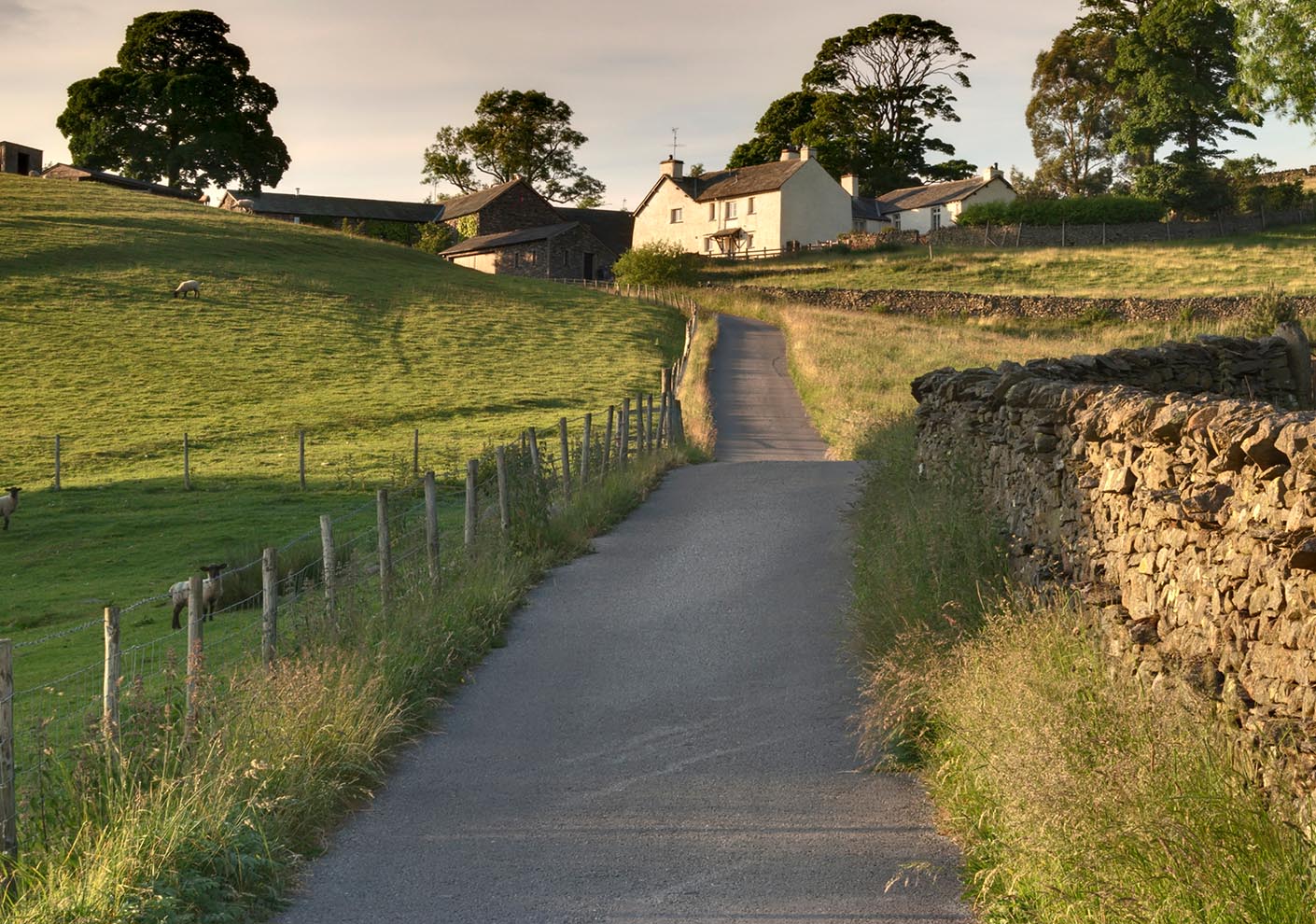What is inheritance tax?
Inheritance tax (IHT) is a tax on the estate (the property, money and possessions) of someone who’s died. There’s normally no IHT to pay if either:
- the value of your estate is below the £325,000 threshold
- you leave everything above the £325,000 threshold to your spouse, civil partner, a charity or a community amateur sports club
You may still need to report the estate’s value even if it’s below the threshold.
If you give away your home to your children (including adopted, foster or stepchildren) or grandchildren your threshold can increase to £500,000.
The standard inheritance tax rate is 40%. It’s only charged on the part of your estate that’s above the threshold.
Previously, a relief was available which provided a reduction of part or all of the IHT levied on land, if that land qualifies for agricultural property relief (APR).
What is agricultural property relief?
APR is a type of inheritance tax relief. It reduces the amount of tax at either 100% or 50% against the agricultural value of the property – depending on the type of property being transferred – when passed to the next generation.
The relief from inheritance tax is given on the agricultural value of land. It does not include any uplift for ‘hope’ value of commercial or residential development. Such uplifts in value can be covered by BPR.
Previously, there was no ‘cap’ on the value that can qualify for 100% relief; this is set to change.
What will change?
From 6 April 2026, the full 100% relief from inheritance tax will be restricted to the first £1 million of agricultural property (or if own both agricultural and business property then the relief is limited to the combined value of £1 million).
Above this amount, landowners will pay inheritance tax at a reduced rate of 20%, rather than the standard 40%. This tax can be paid in installments over 10 years interest free, rather than immediately, as with other types of inheritance tax.
What is classed as agricultural property
Agricultural property is land or pasture that is used to grow crops or to rear animals intensively.
It includes:
- Growing crops
- Stud farms for breeding and rearing horses, and grazing
- Short rotation coppice
- Land not currently farmed under the Habitat Scheme
- Land not currently being farmed under a crop rotation scheme
- Some agricultural shares and securities
- Farm buildings, farm cottages and farmhouses
It is important to recognise that if horses are grazing land for non-agricultural purposes, the land would be considered non-agricultural and will not be eligible for APR.
Agricultural assets which do not qualify for APR include:
- Farm equipment and machinery
- Derelict buildings
- Harvested crops
- Livestock
- Property subject to a binding contract for sale
How long must the land be owned or occupied to qualify for APR
The property must have been owned and occupied for agricultural purposes immediately before its transfer for two years if it is occupied by the owner, a company controlled by them or their spouse/civil partner. If the owner does not occupy the property (usually let on a Farm Business Tenancy) they need to have owned it for seven years in order to qualify for APR.
How does APR apply to a farmhouse
The farmhouse must be employed by someone working in farming, a retired employee or the spouse/civil partner of a deceased employee. The farmhouse must be of a nature and size appropriate to the farming activity that is taking place.
Other agricultural buildings
These should qualify if they are being used for an agricultural purpose, are of the character appropriate to the farm as a whole and are not left empty. For example, a garage which stores plant and machinery used on the farm would qualify as would farm cottages occupied by farm workers.
Tax planning points
This APR allowance is on top of all the other spousal exemptions and nil-rate bands that people can access for inheritance tax too. This means that two people with farmland, depending on their circumstances, can pass on up to £3 million without paying any inheritance tax.
Furthermore, Business Property Relief may be available to fill the gap when there is a difference in land value between the agricultural value (often the current value) and the potential value if the land is developed.
BPR is another relief from IHT which may be available to a farming business. BPR is available at 50% where assets are used in a partnership but owned by a partner or at 100% where they are partnership assets. As BPR only applies to trading businesses and NOT investment businesses, any asset for which rent is received will be regarded as one that is an investment asset.
What should you be doing now
If you wish to discuss inheritance tax and APR, please get in touch with Ben Tyer or a one of our agricultural legal experts.




